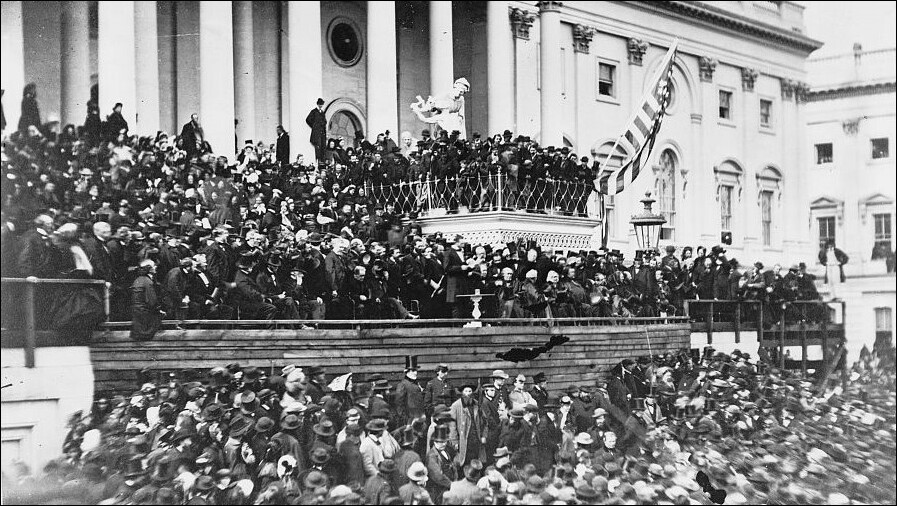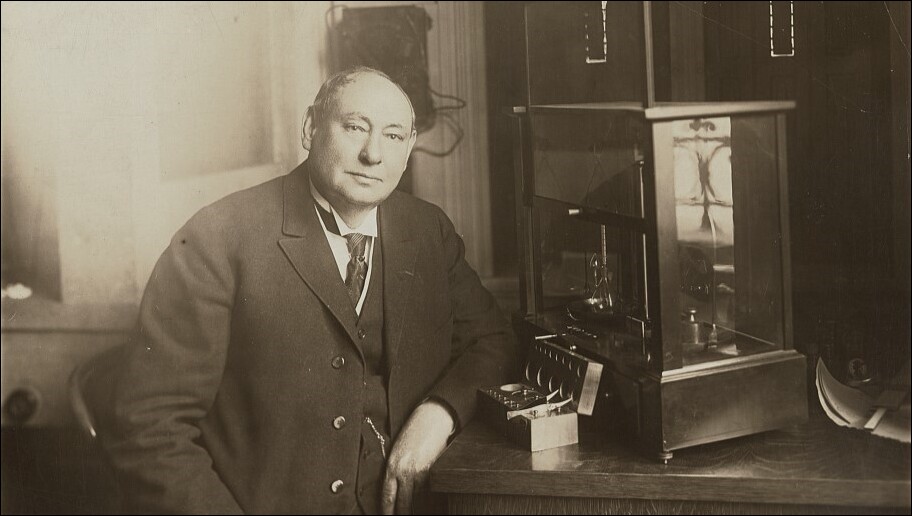Editor's Note: A Pulitzer Prize winner, Stacy Schiff is the author of, among other books, Franklin, France, and the Birth of America, for which she also won the George Washington Book Prize, Cleopatra: A Life, and The Witches: Salem: 1692. Her most recent book is The Revolutionary: Samuel Adams, from which the following is an excerpt.
January 2023
The most basic fact about the Asia-Pacific War is that Japan alone controlled when it ended. Thus, the sharpest lens for understanding and judging these events is through the viewpoints of key Japanese leaders.
American leaders figured in this story, but fundamentally in a supplementary role. The military and diplomatic tools the US did or did not apply all ultimately aimed to convince the necessary Japanese leaders that the war must end.
[these paragraphs belong in the other essay:]
There is one other critical constituency—the dead. The war Japan launched in 1937 and prosecuted relentlessly for eight years resulted in approximately two million deaths of Japanese combatants and between 1 and 1.2 million noncombatants. Among her enemies, perhaps as many as four million combatants died, overwhelmingly Chinese.
I sharply remember the moment when my grasp of the most searing moral issue of the end of the Asia Pacific War vaulted from a strong but detached intellectual plane to a vastly more wrenching visceral urgency. Beside me at an academic conference at the University of Montana in 2000 sat a historian from the People’s Republic of China. We listened attentively to a presentation reciting the standard litany of damning arguments about the end of the Asia Pacific war, centered on the atomic bombs.
Highlights included: 1) The Japanese were on the verge of surrender; 2) American leaders knew this and by nefarious actions delayed the surrender so the atomic bombs could be deployed, primarily not to end the war but to intimidate the Soviet Union; and 3) claims that US leaders feared massive American casualties in an invasion were invented after the fact.
But as we listened, my colleague first looked baffled. Then his tight face and body language conveyed his anger. At the end he leaned over to me and said pointedly: “I see you have a lot of work to do in this country.”
By the summer of 1944, U.S. military power in the Pacific Theater had grown spectacularly. Beginning nine days after the D-Day invasion in France, American forces launched their largest attacks yet against the Japanese-held islands of Saipan on June 15, Guam on July 21, and Tinian on July 24. Situated 1,200 to 1,500 miles south of Japan, the crescent-shaped archipelago known as the Marianas was strategically important to the defense of the Empire, protecting vital shipping lanes from Asia and a widened aerial attack of the homeland.
Over the next sixty days, each of the three islands fell to the Americans. During grueling land and sea campaigns, U.S. forces killed 60,000 Japanese soldiers, sailors, and airmen, while the Japanese inflicted just under 30,000 total casualties on the Americans, killing 5,500.
NOTE: This is the introduction to Fallout: The Hiroshima Cover-up and the Reporter Who Revealed It to the World (Simon & Schuster, 2020) There have been no discussions with the author or publisher about using it.
John Hersey later claimed that he had not intended to write an exposé. Yet, in the summer of 1946, he revealed one of the deadliest and most consequential government cover-ups of modern times. The New Yorker magazine devoted its entire August 31, 1946, issue to Hersey’s “Hiroshima,” in which he reported to Americans and the world the full, ghastly realities of atomic warfare in that city, featuring testimonies from six of the only humans in history to survive nuclear attack.

Editor’s Note: Jon Meacham is a renowned presidential historian and Pulitzer Prize-winning author whose latest books include The Soul of America and And There Was Light: Abraham Lincoln and the American Struggle, from which this essay was adapted.

Editor's Note: Bruce Watson is a Contributing Editor of American Heritage who publishes a popular and respected history blog called The Attic.
The menu at a dinner table in 1900 might have looked like this:
The most basic fact about the Asia-Pacific War is that Japan alone controlled when it ended. Thus, the sharpest lens for understanding and judging these events is through the viewpoints of key Japanese leaders. American leaders figured in this story, but fundamentally in a supplementary role. The military and diplomatic tools the US did or did not apply all ultimately aimed to convince the necessary Japanese leaders that the war must end.
